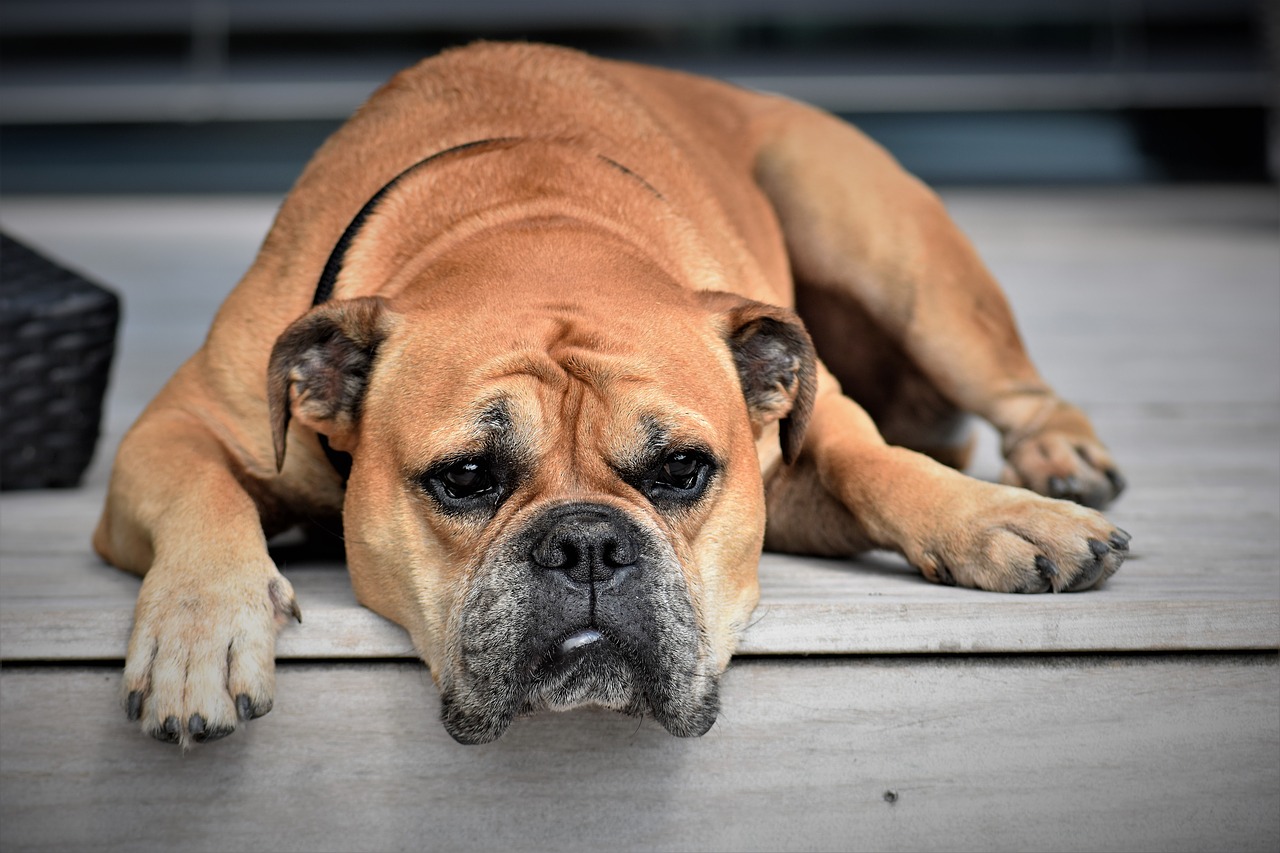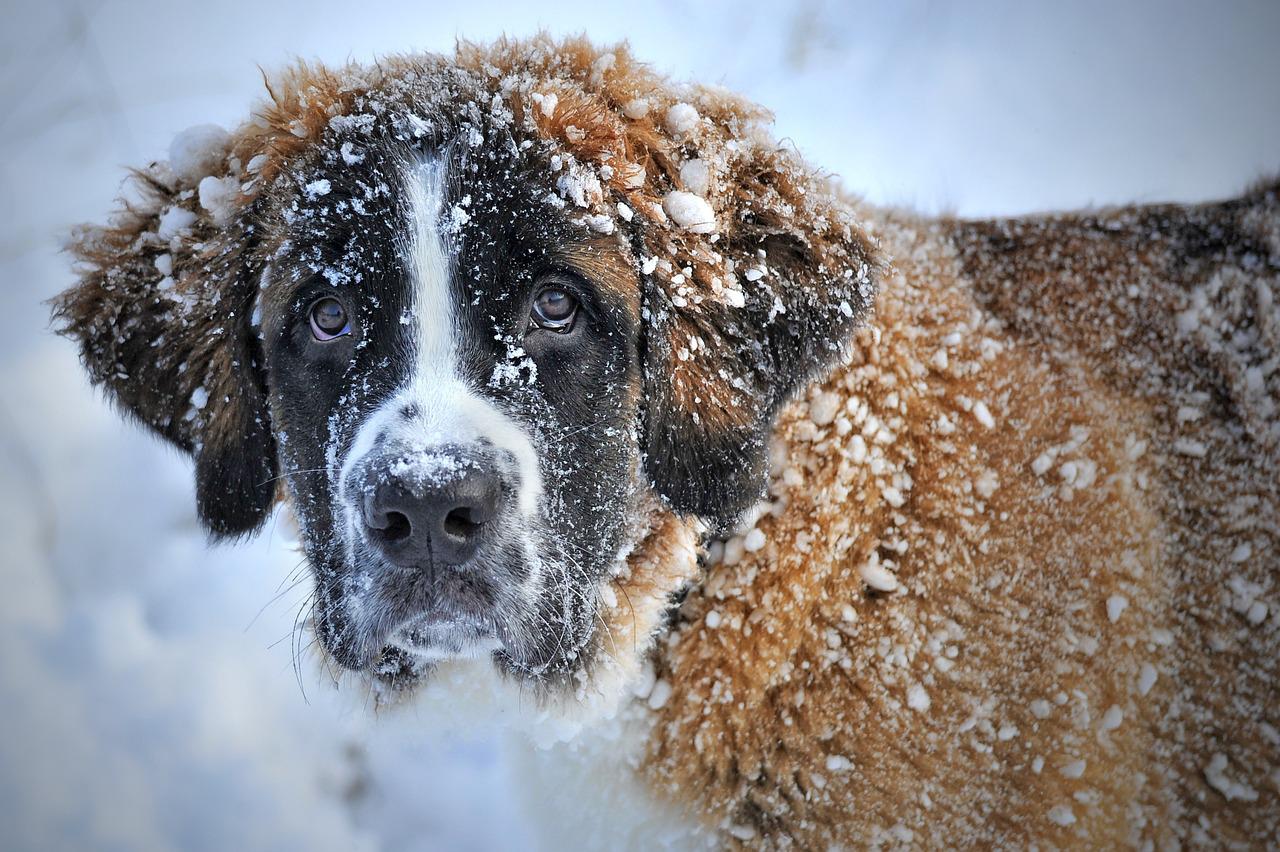Dog owners have a big responsibility to take care of their dogs. But what should you do to keep your dog healthy and happy? If you’re worried about that too, read this article. We’ve picked out for you 8 activities that should be part of your routine.
1. Brush your dog’s coat
All dogs need regular brushing at least once a week, and long-haired dogs, such as a poodle or a sheltie, need daily grooming and periodic clipping.
Dogs that are regularly brushed have a more beautiful and silky coat. And this is because the brush removes dead hair and distributes natural oils evenly. It also prevents tangles and acts as a massage, stimulating blood circulation.
But that’s not all. You can also inspect your dog’s skin for redness, bumps, or fleas during this treatment.
2. Trim his/her claws

Dogs are uncomfortable walking with too long claws, and in addition, they can cause injury if the dog catches on the carpet or furniture. That’s why they need to be trimmed regularly. The good thing is that nowadays there are different tools that help to do it quickly and correctly.
How often should I trim my dog’s nails? Since each animal’s nails grow at different rates, there is no certain rule. However, ensure the nails don’t get too long and don’t touch the floor. Usually, this procedure should be done about once a month.
3. Brush the teeth
You need to brush your dog’s teeth at least 3 times a week. When doing so, use special toothpaste and brush. Additionally, you can give your dog special chewing gum.
Such a procedure will help clean the teeth of plaque and bacteria, and therefore the bad breath. You will also be able to prevent the development of various oral diseases.
Brushing is a good opportunity to check the integrity of your dog’s teeth. You need to make sure that the teeth are not loose and also that there are no sores in the mouth.
4. Check and clean the ears
Inspect your dog’s ears once a week (and with lop-eared dogs, you should inspect them daily). If there is dirt in the ears, you need to clean them using a cotton swab dipped in a special product. You can also use a solution made from white vinegar.
Regular check-ups help detect ticks, wounds, and infectious diseases accompanied by discharge and unpleasant odor. See your veterinarian if you notice anything wrong.
5. Don’t forget the bath

Some people think you don’t need to bathe your dog. But it should be done. As a rule, it’s enough to bathe dogs once every 2-4 months, but there are exceptions. For example, long-haired breeds need a bath once a month, and naked dogs need a bath once a week.
6. Allow plenty of time for exercise
Lack of proper exercise negatively affects a dog’s physical and emotional health. It can lead to overweight and the development of musculoskeletal problems.
Find out how much exercise is needed for your particular breed. For example, some need 30 minutes to 2 hours of moderate exercise a day. Others need more intense exercise + moderate activity for at least 2 hours daily.
7. Feed your dog right
We won’t discuss what kind of food to feed our dogs now, as that’s a topic for a separate article. The main thing is to have a balanced diet. And be sure to check the list of foods that can be dangerous for the dog:
In addition, you need to keep an eye on portions, so they are not too small or large. It is also advisable to feed your dog at the same time for good digestion. You can learn more about your dog’s feeding schedule and portion size in this article.
8. Protect your dog from the heat and the cold

In the summer, dogs suffer from heat and can even get heatstroke. Long-haired dogs especially have a hard time with the heat. So what can you do to help?
- make sure your dog has access to water at all times;
- provide a pool outside for your dog to cool off in;
- get a cooling mat or bed.
On the other hand, small, short-haired dogs get colder in the winter. So dress them up when they go outdoors. Also, make sure your pet has a warm blanket.
These simple routines will help you keep an eye on your dog’s health. Also, don’t forget about the annual vet check-up.

